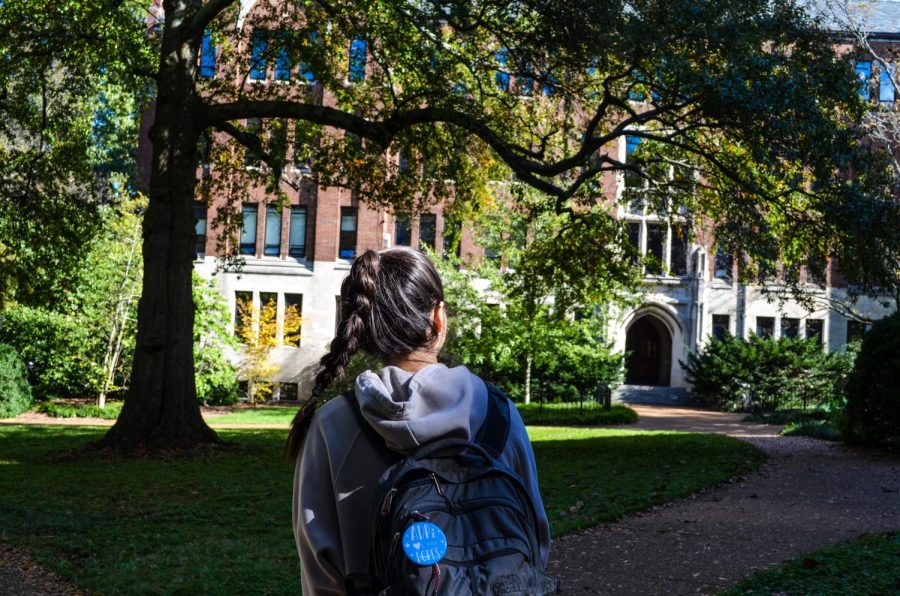The weather over the past week has been inarguably cold, freezing even. While Tennessee has been a victim of the polar vortex, areas such as Iowa and my home state of Minnesota have reached wind chill temperatures of -60 degrees Fahrenheit. At these temperatures, people can get frostbite in just minutes. In response, schools, businesses and even the U.S. Postal Service closed to protect staff and the public from the harsh weather. Given these extreme cold temperatures, it’s not surprising that many have questioned the validity of “global warming”. However, global climate change, as it’s more accurately described, poses a very real threat.
A polar vortex is a system of low pressure and cold air that circulates counter-clockwise in the mid- to upper-levels of the atmosphere near the Earth’s Poles. It helps keep a current of air called the jet stream traveling from west to east across the globe, normally trapping colder air in northern regions and warmer air in southern regions. The vortex is normally weaker in the summer and stronger in the winter.
A polar vortex incident is when the polar vortex splits, allowing cold air to travel southward on the jet stream, as it did this past week. Some experts, such as senior scientist Jennifer Francis at the Woods Hole Research Center, believe global warming is a factor in polar vortex incidents. She explains that the vortex can split due to a “sudden stratospheric warming”. She cites rapidly melting sea ice in the polar region as a culprit. When this polar ice melts in summer months, excess heat is absorbed into the dark ocean. The ice is not rebuilding and, when that heat gets released into the atmosphere in the winter, it can create a “bulge” in the atmosphere. The result is the polar vortex becomes unstable, causing a portion to break away.
Some will argue that the polar vortex is not a new phenomenon. Technically, that is true. According to senior scientist Jeff Kiehl of the National Center for Atmospheric Research in Boulder, Colorado, the vortex has likely existed for roughly 4.5 billion years. While the term “polar vortex” gained popularity in 2014 when a massive cold spell hit large sections of the U.S., similar incidents occurred in 1977, 1982, 1985 and 1989 according to the National Weather Service. However, some scientists are questioning whether polar vortex incidents are happening more frequently and becoming more severe due to climate change. Last year’s “bomb cyclone” that caused chaos along the east coast was one for the record books. Likewise, this year’s polar vortex brought temperatures colder than those in Antarctica and left a death toll of at least 25.
Others will argue that we should be more concerned about global cooling vs. global warming. However, there is mounting, undisputable evidence that Earth is warming. In fact, Earth has broken its record high temperatures annually for the past four years. In places such as Australia, cities are experiencing temperatures nearing 120 degrees Fahrenheit. These smoldering temperatures outnumber record lows by 200 percent. It is projected that, if the earth warms by 5.4 degrees in the next 100 years as it’s forecasted to, there will be 16 record highs for every record low. Humans aren’t meant to withstand such extreme variation in temperature. Additionally, extreme climate change wreaks havoc with ecosystems. It could spell disaster for the Arctic, the largely uninhabited area meant to withstand the cold. If Francis and other like-minded scientists are correct, our increasing temperatures will continue to bring increased risk of polar vortex incidents and other extreme weather.
One can argue for or against climate change. However, one thing is certain, it should not be discounted, ignored or left to future generations to address. If the growing body of evidence is correct, the impact of climate change will be Earth-altering and irreparable. We need to recognize the polar vortex for what it truly is: global climate change at its finest, and we need to take action now.




